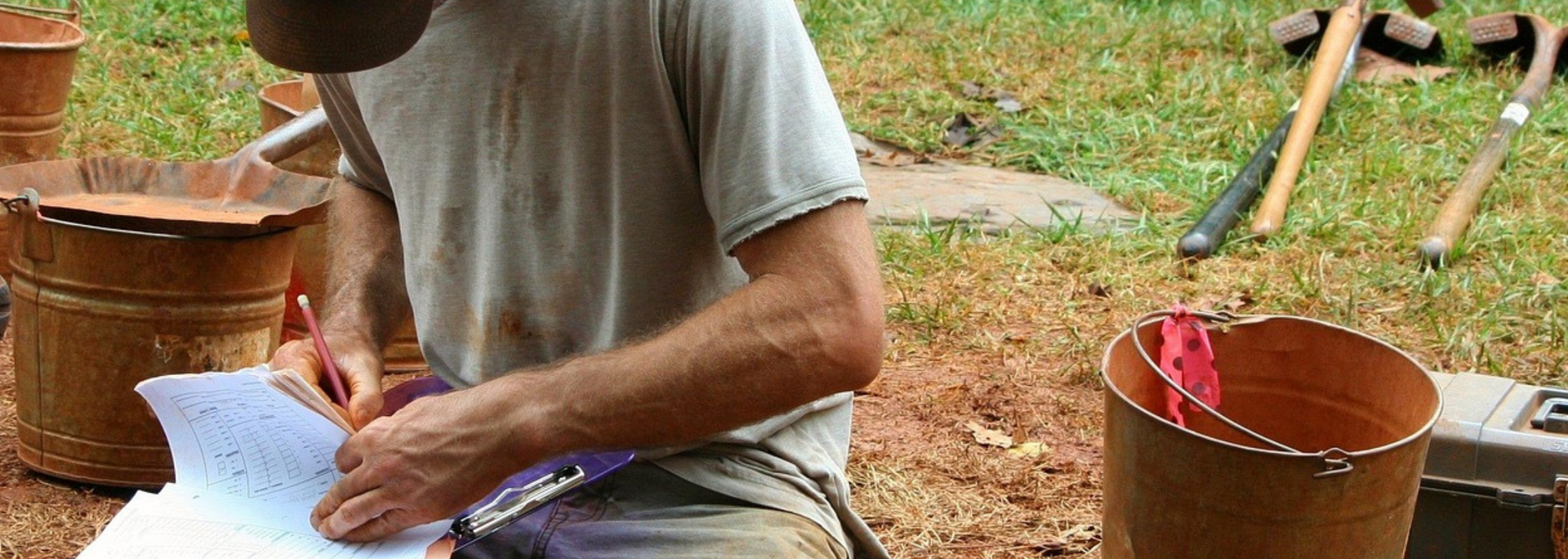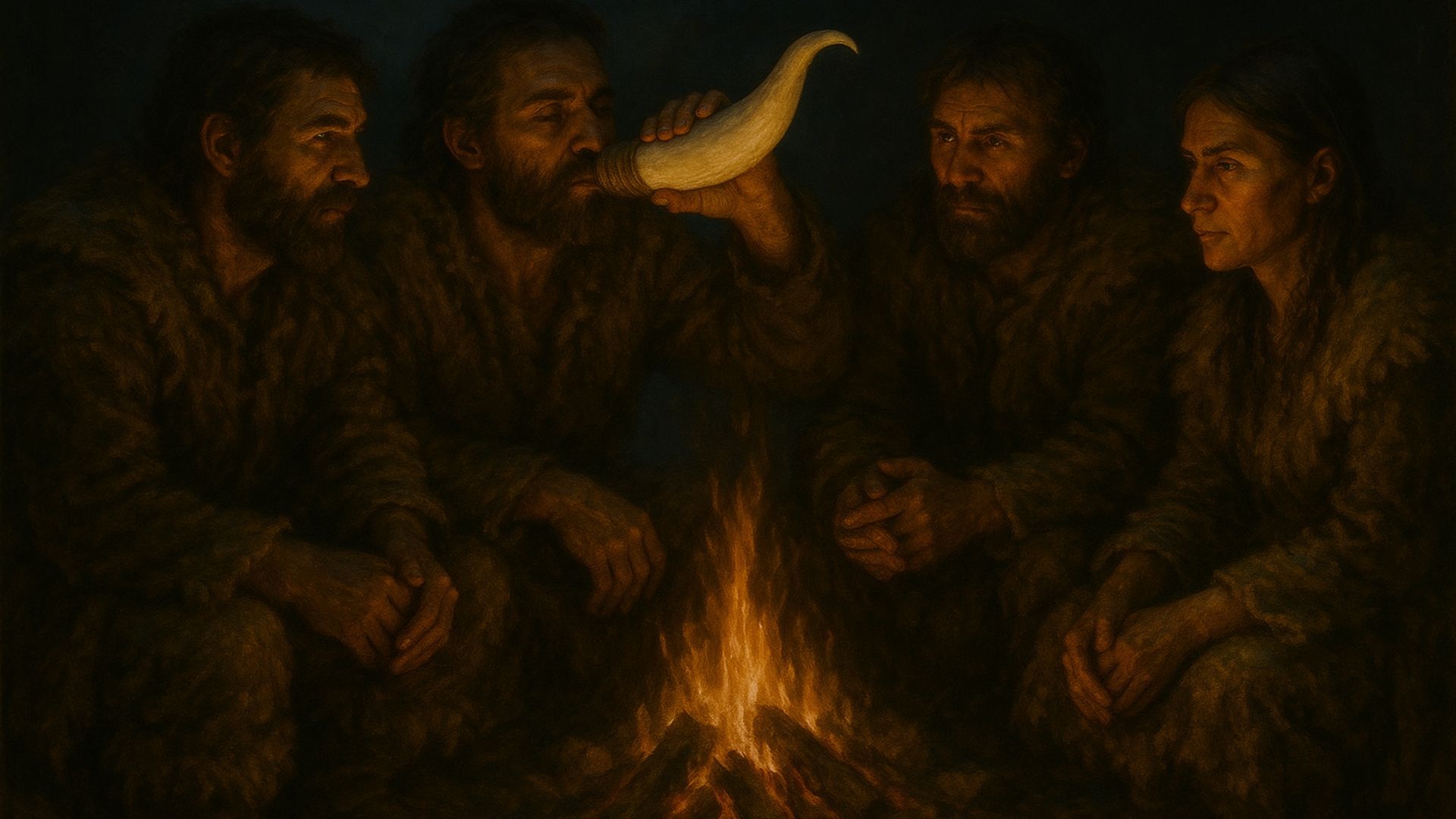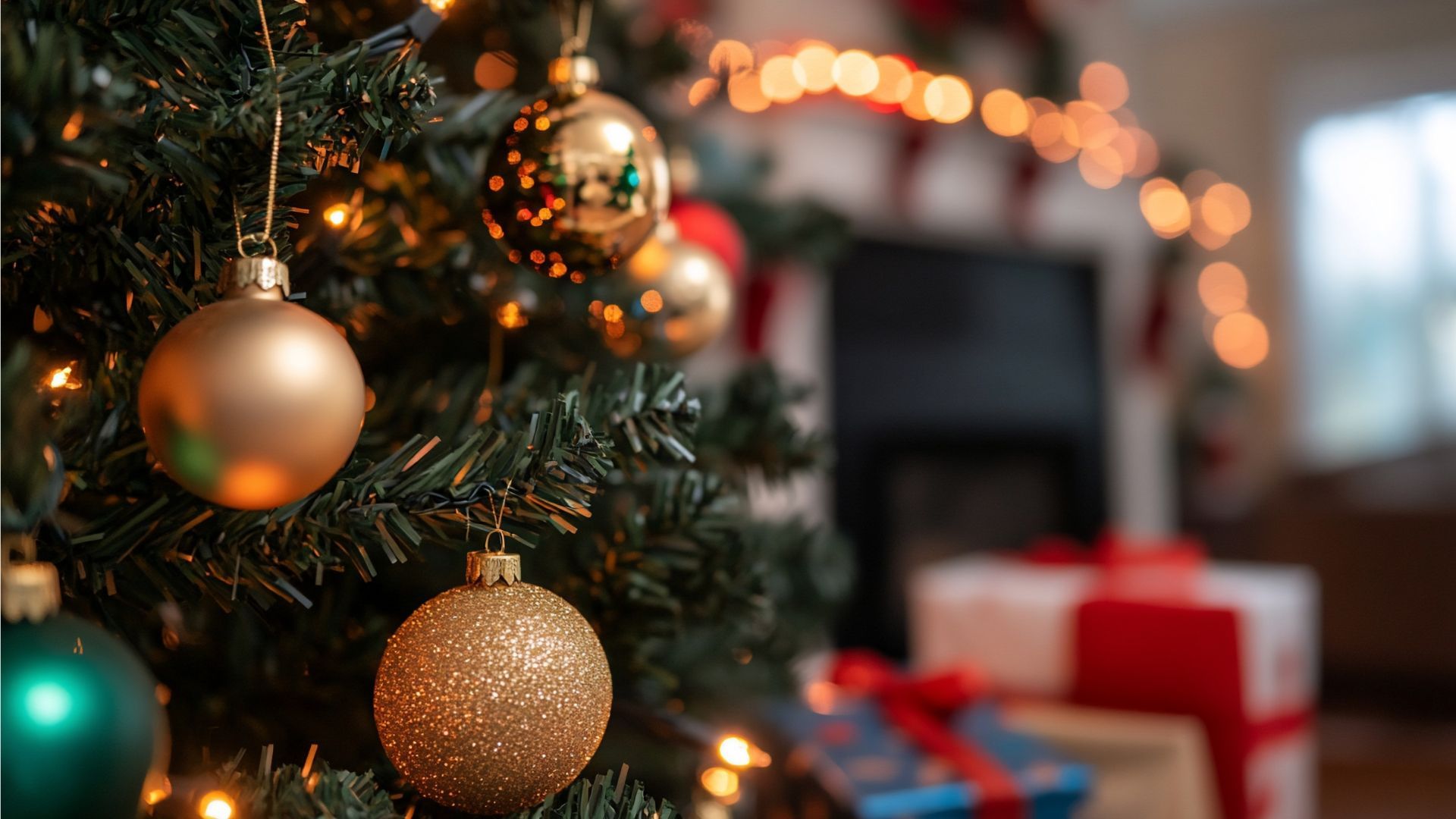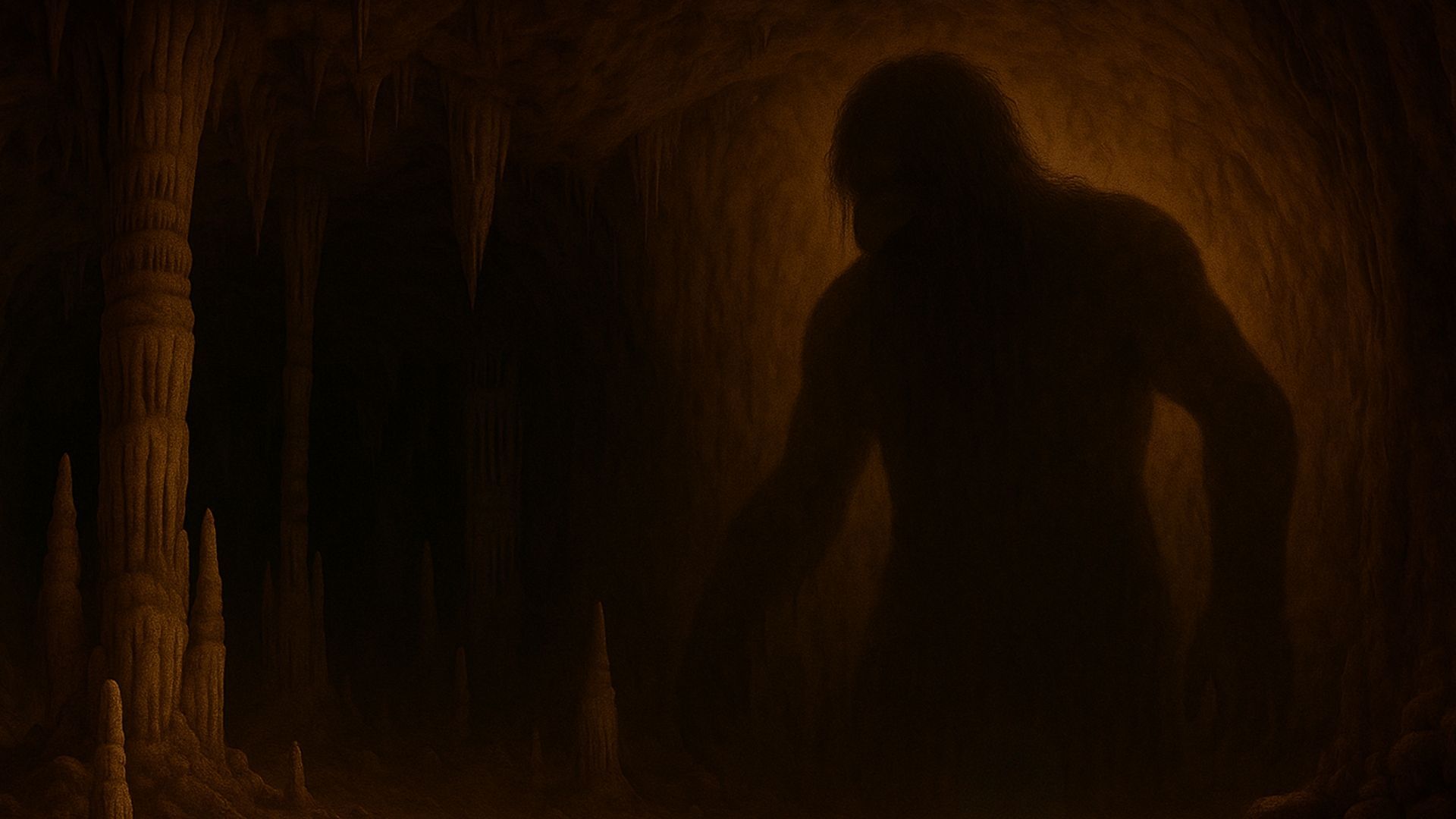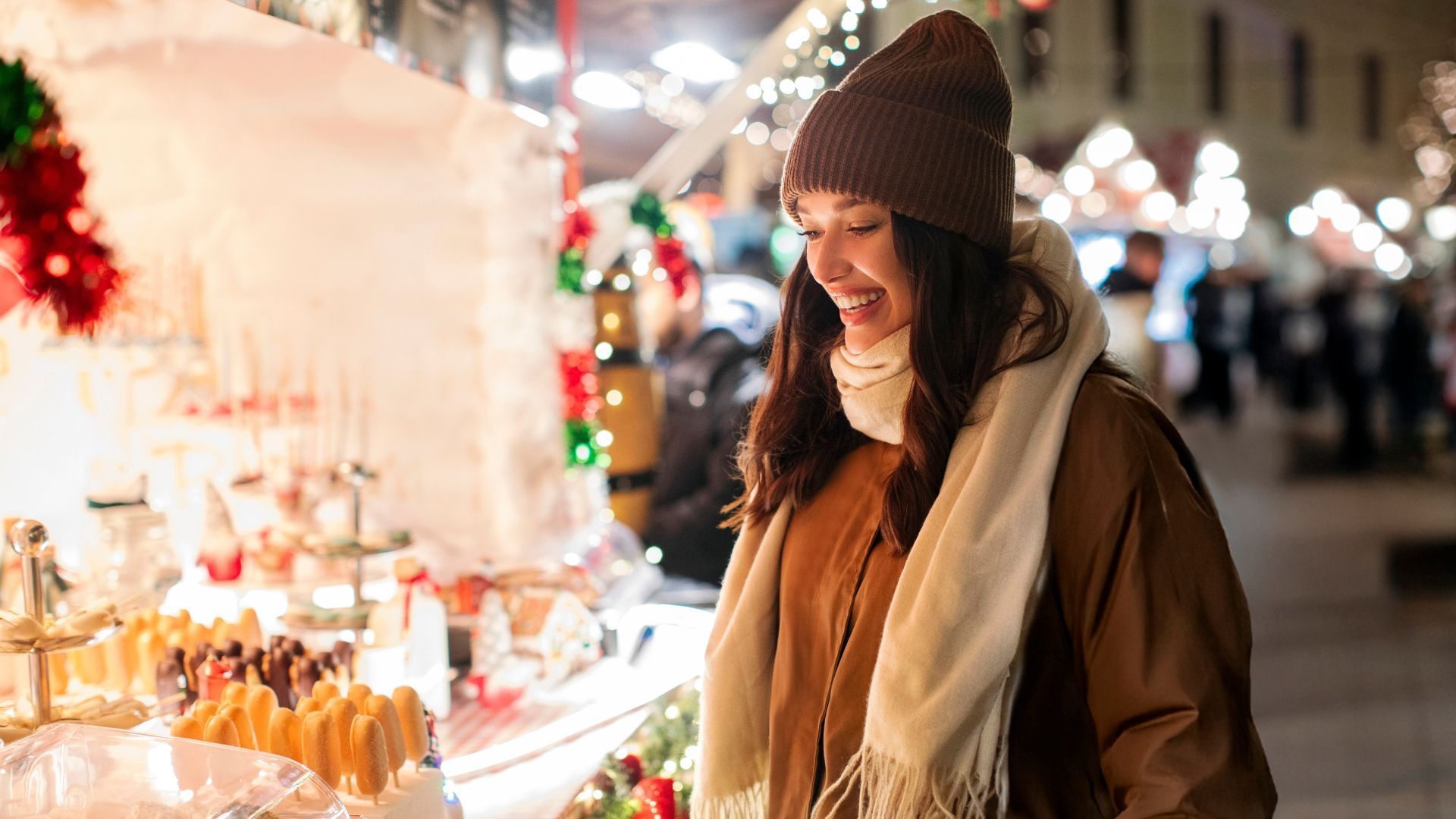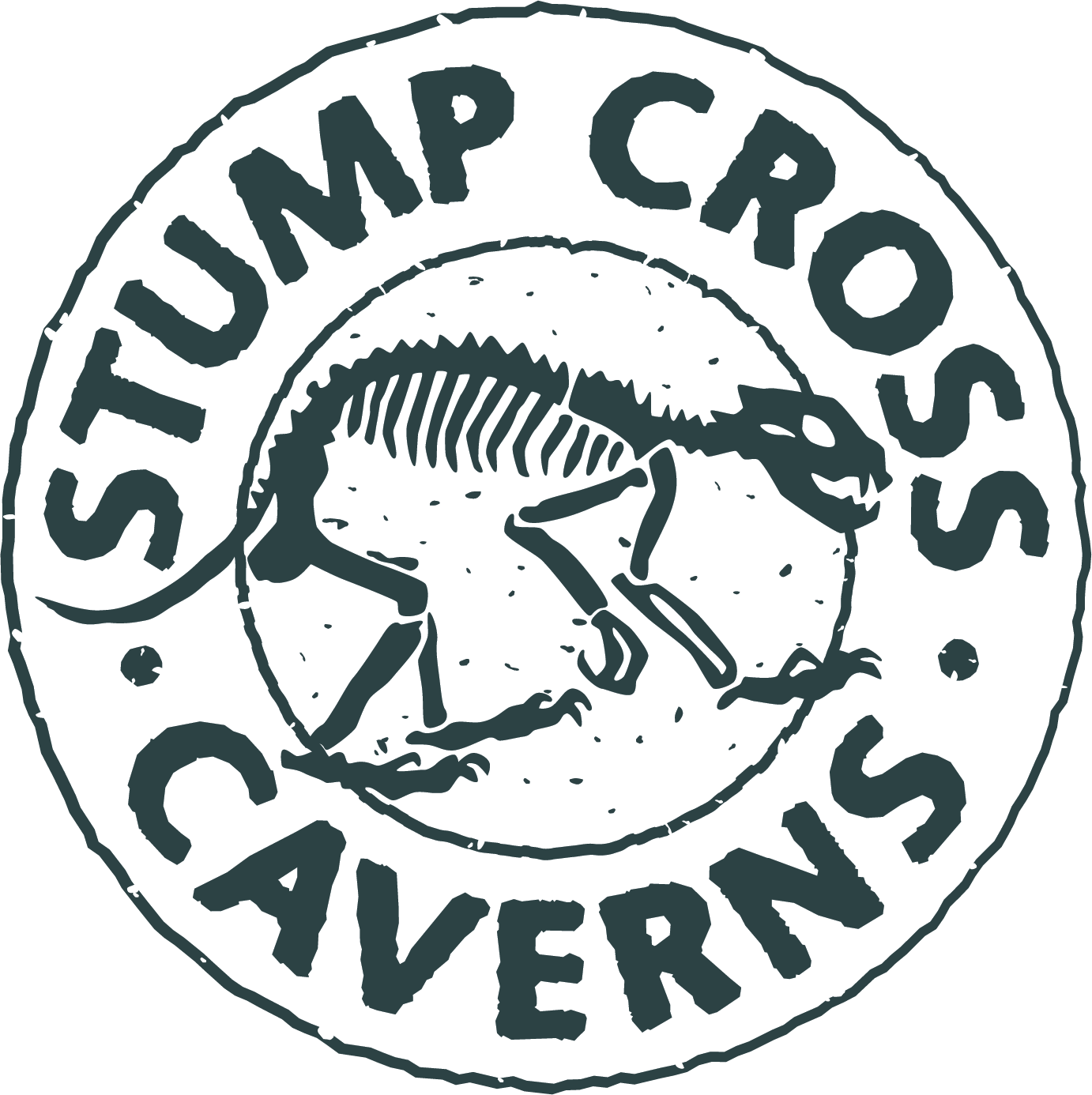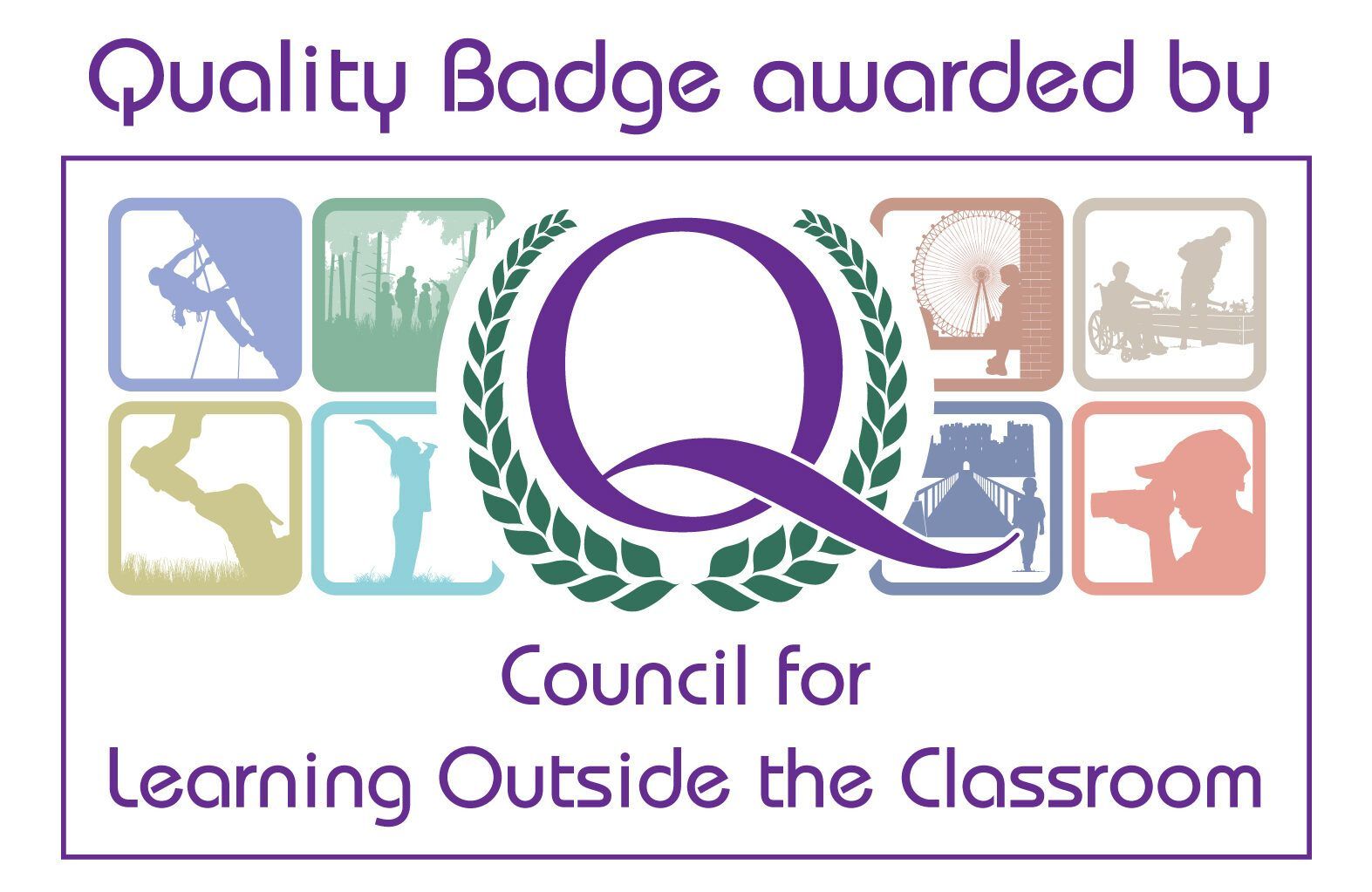Palaeontology has taught us a huge amount about our prehistoric past. Learn about the techniques, technologies and tools that make it possible.
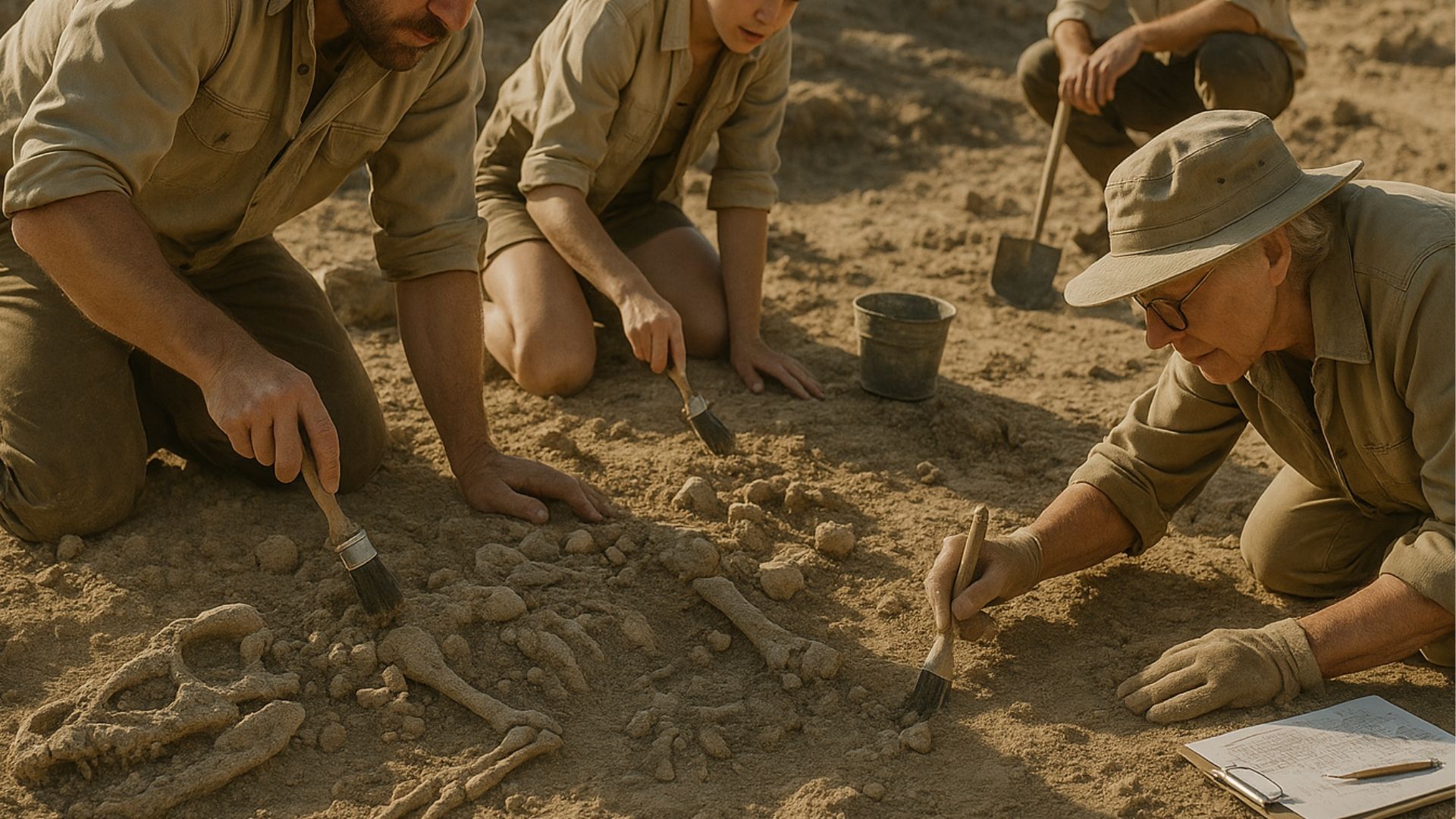
Our understanding of the history of life on Earth comes from many places. But one thing's for sure – we wouldn't know what we know now without centuries of palaeontological activity.
Palaeontology is the branch of science that deals with the Earth's fossil record – the remains of animals and plants buried in rock.
Palaeontologists dig up fossils and analyse them. They create models of extinct animals and draw conclusions about their biology and the environments in which they lived.
The art of palaeontology is at least as old as Xenophanes (570 to 480 BC). It became systematised in early modern Europe before experiencing a huge boom at the end of the 19th century.
Palaeontology is a mixture of casual discovery and structured scientific enquiry. Some of the most magnificent fossils have been found by amateurs with nothing but a brush and a trowel. Others are systematically surveyed, dug up and analysed by professional scientists.
So, how do palaeontologists do it? Let's find out.
Prospecting
Prospecting is all about finding a location where fossils are likely to be. This tends to be areas where sedimentary rock is exposed to the eye. Hillsides and riverbeds are often rich in fossilised remains.
Some palaeontologists use advanced technologies like drones to carry out surveys. Others practise the ancient art of walking around while looking at the ground.
They look for fragments of bones or other fossilised remains. When they find them, they don't dig straight away. Instead, they use a rock hammer to prepare the area before mapping it in detail.
Mapping
To boost their chances of success, palaeontologists document the location and surroundings of the fossil or fragment of fossil they've found.
This can involve drawing maps and taking field notes about nearby rock formations. By mapping out the area in this way, they can draw up a detailed plan for excavation.
These maps and field notes used to be done with pen and paper. Today, this traditional method is still sometimes used – but it's often supplemented with tablets, drones and other kinds of smart technologies.
Excavation
It's now time to dig. As with field notes, this is often done using traditional methods. Many dinosaur fossil excavations, for instance, still use shovels, brushes, awls, chisels and the occasional power tool.
The aim is to expose the fossil and remove it for analysis. Carefulness is the order of the day. Any damage to the fossil during the excavation process can interfere with the lab analysis that follows.
Transportation
Fossils are fragile. This means they have to be transported with care. To this end, palaeontologists use a technique called "plaster jacketing".
This involves creating a rigid shell of plaster of Paris and burlap (a coarse fabric) around the fossil. This plaster jacket protects the fossil on its journey from the field to the lab.
Next steps
When the fossil reaches the lab, the remains of the surrounding rock have to be removed. This is known as the "rock matrix" and is removed with a specialist tool called an "air scribe".
Also known as "air pens", these are a bit like miniature jackhammers powered by compressed air. They come in a variety of sizes and power levels. You can think of them as paint brushes: some are used for broad strokes and others for precise detail work.
As with excavation and transportation, palaeontologists work hard to avoid damaging their specimens. To this end, they use torches, magnifying glasses and microscopes.
If the rock is too hard for an air scribe, palaeontologists remove the matrix with electric grinding tools. These work away at the rock with a gentle rotating motion. Once the matrix is reduced to a thin layer, picks, needles and brushes are used to remove the last clinging remains.
Drawing conclusions
Once the fossil has been found, excavated, transported and prepared, it's time to draw conclusions.
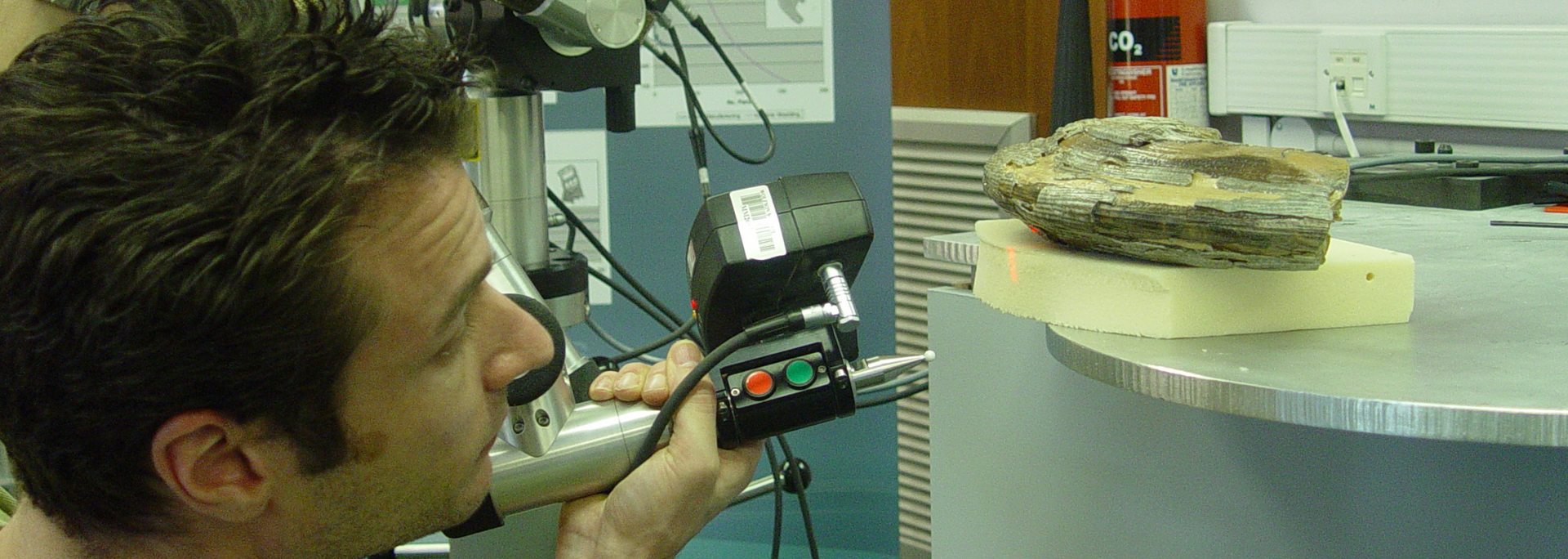
Palaeontologists use a wide range of technologies and techniques to draw conclusions from fossils. These include CT scans, X-rays, chemical analysis, microscopic examinations and 3D modelling.
The exact technology used depends on what the scientists are trying to learn. Fossils can teach us different things: from the period in which a particular animal thrived to its anatomy and habitat.
Palaeontologists also create 3D models of animals. This is how we've come to visualise long-extinct animals.
It's amazing to think how much we've learnt from bones buried in rock. It's a fascinating area of study that we're passionate about here at Stump Cross Caverns.
Fossil digs at Stump Cross Caverns
Fossils aren't just the preserve of trained palaeontologists. They can also spark the imaginations of children and their families. Imagine learning for the first time that dinosaurs once roamed the Earth!
That's why we hold interactive fossil digs here at Stump Cross Caverns. It's all about imparting this passion and curiosity to a new generation of fossil hunters.
It works like this: families come to the caves and dig for real fossils – fossils they can take home and keep as cool souvenirs.
It's hands-on and wholesome – but it's also educational. Along the way, kids learn fossil facts, play geology games and get given free education packs.
And like all our educational resources, these sessions are in line with the curriculum at Key Stage 2. If you're a teacher looking for a field trip in Yorkshire, you can be sure these sessions will help your students consolidate their learning. We also offer SEN-friendly experiences on selected dates.
So, whether you're a parent, carer or teacher, you can expect an engaging and entertaining one-hour session that will bring out children's inner palaeontologists.
Book for a fossil dig at Stump Cross Caverns today – or explore our calendar of unique events and experiences. We look forward to giving you a warm Yorkshire welcome!

